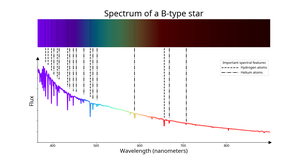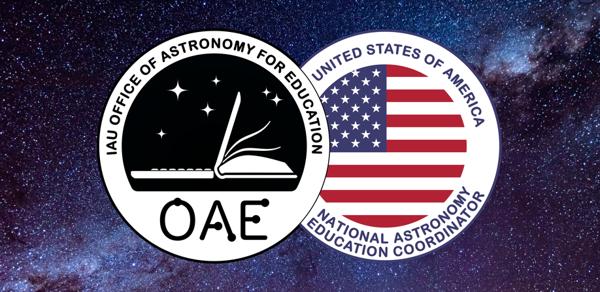Glossary term: B 型星
Description: 光谱类型为 "B "的恒星。天文学家通过光谱中出现的中性氦线和氢线来识别 B 型星。它们的典型(有效)温度大约在 10,000 开尔文(K)到 30,000 K之间。与其他恒星相比,它们在人眼中通常呈现蓝白色,除非星际红化或者大气红化不能忽视。B 型星的例子包括狮子座的轩辕十四、猎户座的参宿四和室女座的角宿一。
Related Terms:
See this term in other languages
Term and definition status: The original definition of this term in English have been approved by a research astronomer and a teacher The translation of this term and its definition is still awaiting approval
The OAE Multilingual Glossary is a project of the IAU Office of Astronomy for Education (OAE) in collaboration with the IAU Office of Astronomy Outreach (OAO). The terms and definitions were chosen, written and reviewed by a collective effort from the OAE, the OAE Centers and Nodes, the OAE National Astronomy Education Coordinators (NAECs) and other volunteers. You can find a full list of credits here. All glossary terms and their definitions are released under a Creative Commons CC BY-4.0 license and should be credited to "IAU OAE".
If you notice a factual or translation error in this glossary term or definition then please get in touch.
Related Diagrams
Spectrum of a B-type star
Credit: IAU OAE/SDSS/Niall Deacon
License: CC-BY-4.0 Creative Commons 署名 4.0 国际 (CC BY 4.0) icons









